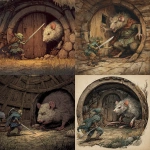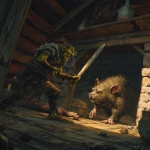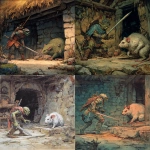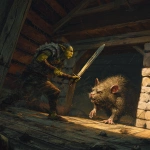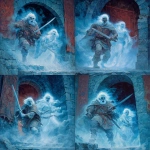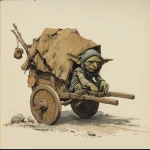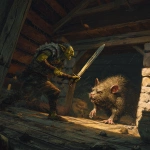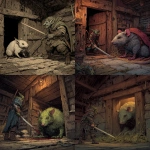Explore the Best AI Image Gallery
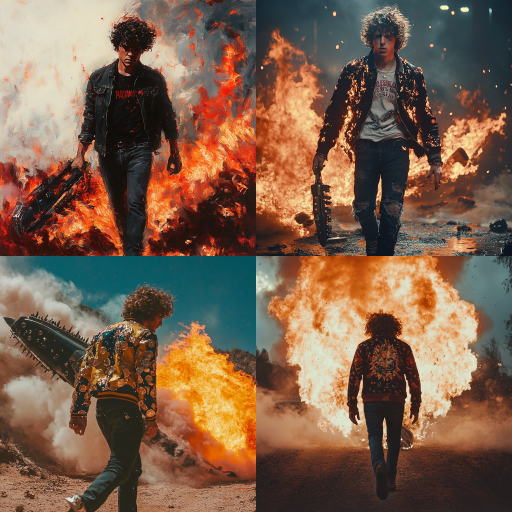
Unleashing Creativity: The Role of AI in the Digital Art Revolution
The fusion of artificial intelligence (AI) and digital creativity marks a significant shift in how art is conceptualized, created, and consumed. As AI technologies continue to advance, artists and creators are exploring new possibilities, discovering innovative methods to express their visions. In this blog post, we will take a comprehensive look at the impact of AI on the creative landscape, the potential uses of this technology, ethical considerations, and what the future may hold for digital artistry.
The Impact of AI on the Creative Industry
The influence of AI on the creative industry is already palpable. Traditionally, artists relied on their skills, imagination, and tools to create unique works. Today, AI can assist in generating artwork, composing music, writing poetry, and even creating immersive experiences in virtual and augmented reality. This collaboration between human creativity and machine learning is reshaping the very essence of artistic expression.
For instance, AI algorithms can analyze vast datasets of existing artworks to learn styles and techniques. Programs like DeepArt and DALL-E enable users to generate new images based on the style of historical masterpieces or a combination of various artistic traditions. Such tools broaden the horizons for artists, allowing them to experiment without traditional constraints.
Potential Uses of AI in Digital Creativity
The applications of AI in digital creativity are diverse and multifaceted. Here are several noteworthy examples:
- Generative Art: Artists use algorithms to create new artworks, resulting in unique and often unexpected outcomes. Generative art can take numerous forms, from visuals to music compositions.
- Enhancing Photography: AI-based tools like Adobe Photoshop's Neural Filters allow photographers to apply stylistic changes to their images rapidly, creating various artistic effects easily.
- Music Composition: AI algorithms can compose music tracks, analyze popular trends, and even collaborate with human musicians to create new pieces.
- Interactive Installations: AI can be integrated into installations that respond to audience interaction, generating a unique experience for each viewer.
- Content Creation: Chatbots and AI writing assistants help authors draft stories, generate marketing content, and even provide creative writing prompts.
Ethical Considerations / Artistic Integrity
While AI is a powerful tool, its integration into creative practices raises several ethical concerns. Questions surrounding authorship, originality, and the concept of genius emerge when machines are capable of generating art autonomously. Here are a few key issues to consider:
- Ownership: If an AI creates a piece of art, who holds the rights to that work? Is it the programmer, the user, or the AI itself?
- Authenticity: As AI-generated art becomes more prevalent, discerning between human-created and machine-generated content may become challenging. This distinction could lead to debates regarding the value of art.
- Bias: AI systems can unconsciously perpetuate biases present in their training data, thus raising concerns about inclusivity and representation in art.
- Displacement of Artists: Some worry that the rise of AI tools could diminish the demand for human artists, negatively impacting livelihoods in creative fields.
Future Trends in AI and Digital Creativity
As we look to the future, several trends point to a continued evolution of AI in the realm of digital creativity:
- Collaborative Creativity: Instead of replacing artists, AI will likely act as a collaborator, enhancing human creativity while preserving the artist's unique voice.
- Personalization: AI tools will enable more tailored creative experiences, allowing users to generate content that resonates with their preferences and emotions.
- Wider Accessibility: Affordable AI-driven tools can democratize art creation, providing opportunities for those without advanced skills or resources.
- Integration with Emerging Tech: The combination of AI with virtual reality (VR), 3D printing, and other technologies will further push the boundaries of what is possible in digital creativity.
Conclusion
AI is undoubtedly changing the landscape of digital creativity, providing tools and opportunities that were previously unimaginable. While challenges and ethical dilemmas remain, the positive potential for innovation, collaboration, and new forms of artistic expression cannot be overlooked. As artists and technologists continue to explore this dynamic relationship, the future of creativity appears bright. The possibilities are endless, and we are just beginning to scratch the surface of this exciting frontier.



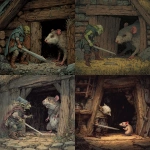
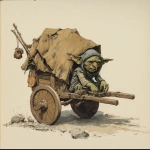
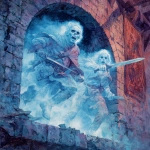
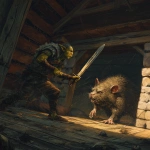

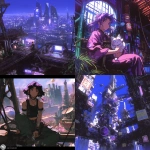
](https://images.ai-img.art/thumbnails/150/b90afcf8d507bda66d9d311a85cdbfdd6d7ab85df6b17276d1f2b0ed62b0c944.webp)
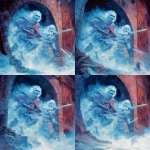
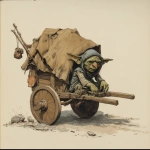
](https://images.ai-img.art/thumbnails/150/a5a9eb66497a0f834501e944253e4216ec5c8e794eca410d38da1696a864f081.webp)
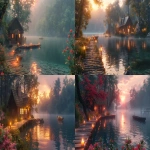
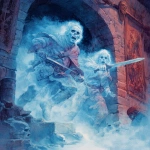
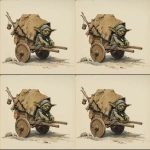
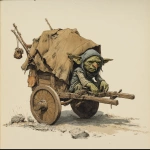
](https://images.ai-img.art/thumbnails/150/044fc9eedbdb9d318f0629e07715eec9b1c625e5c02dc945eaccff4006f29acf.webp)

